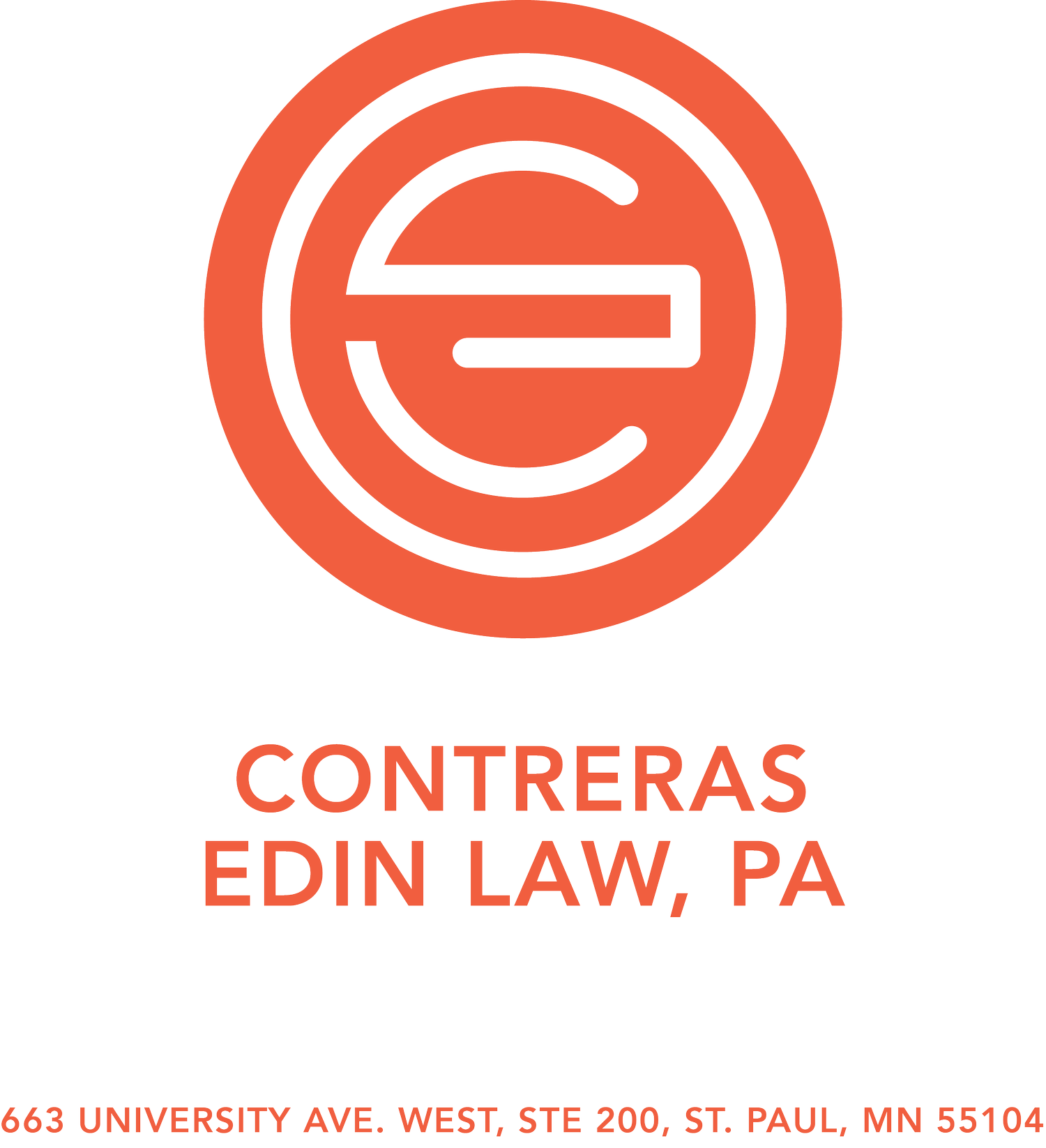What is the travel ban?
On September 24, 2017, President Trump signed the third version of the travel ban, which bars most citizens of Iran, Libya, Syria, Yemen, Somalia, Chad and North Korea from entering the United States, along with some groups of people from Venezuela.[1]
What did the Supreme Court say in Trump v. Hawaii?
In Trump v. Hawaii, the Supreme Court said that the President has broad discretion to suspend the entry of aliens in to the United States, citing the Immigration and Nationality Act, 8 U.S.C. Section 1152(a)(1)(A). The Supreme court said that Trump lawfully exercised his discretion in signing the travel ban.
What does it mean that citizens of the above listed countries will be barred from entering?
In most cases, citizens of the countries will not be able to come to United States to live permanently and many will not be able to come to the U.S. to work, study or vacation.[3]
What has been the effect of the travel ban so far?
Fewer visas have been issued to citizens of those countries affected by the ban, and the number of refugees has dropped to the lowest ever in history. [4]
Did all the Supreme Court Justices agree to the decision?
No. It was 5-4 decision. Five justices agreed that the travel ban was legal, and four disagreed with the majority opinion. Justice Sonia Sotomayor said the decision was “motivated by hostility and animus toward the Muslim faith” and she accused the majority of “ignoring the facts, misconstruing our legal precedent and turning a blind eye to the pain and suffering the proclamation inflicts upon countless families and individuals, many of whom are United States citizens.”[5]
Did anything good come out of the Supreme Court’s case?
Yes! The Supreme Court overruled Korematsu v. United States, a case in which the Supreme Court upheld the forcible internment of Japanese Americans during World War II.[6] Justice Sotomayor compared Korematsu v. United States with Trump v. Hawaii, saying there are “stark parallels” between the reasoning used in both cases. Sotomayor stated that, “As here, the exclusion order was rooted in dangerous stereotypes about a particular group’s supposed inability to assimilate and desire to harm the United States.”[7]
Have more questions?
If you have more questions, please reach out to our office for more information. Our legal team will be more than happy to help! Call today to schedule a consultation.
[1] https://www.whitehouse.gov/presidential-actions/presidential-proclamation-enhancing-vetting-capabilities-processes-detecting-attempted-entry-united-states-terrorists-public-safety-threats/
[2] https://www.supremecourt.gov/opinions/17pdf/17-965_h315.pdf
[3] https://www.nytimes.com/2017/12/04/us/politics/trump-travel-ban-supreme-court.html
[4] https://www.nytimes.com/2018/06/26/us/politics/supreme-court-trump-travel-ban.html
[5] https://www.supremecourt.gov/opinions/17pdf/17-965_h315.pdf
[6] https://www.supremecourt.gov/opinions/17pdf/17-965_h315.pdf
[7] https://www.supremecourt.gov/opinions/17pdf/17-965_h315.pdf

